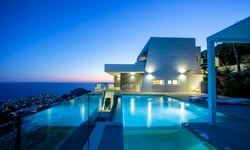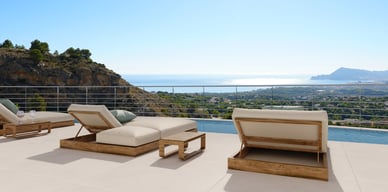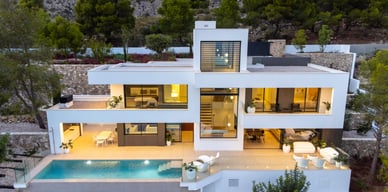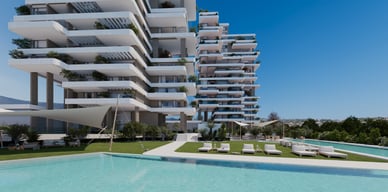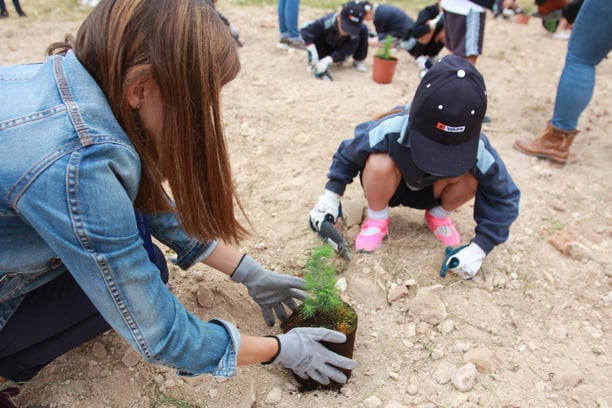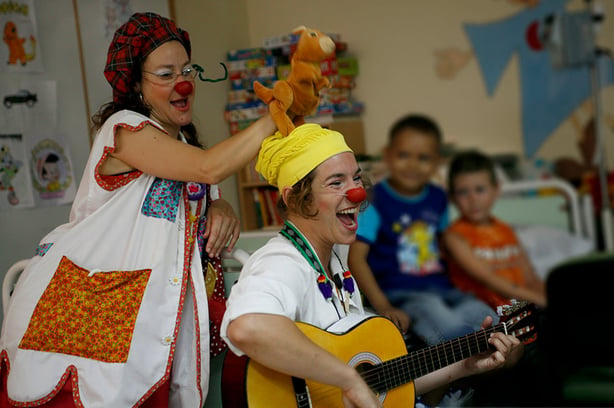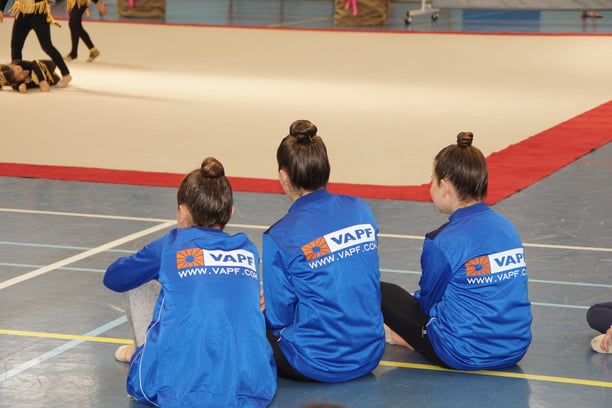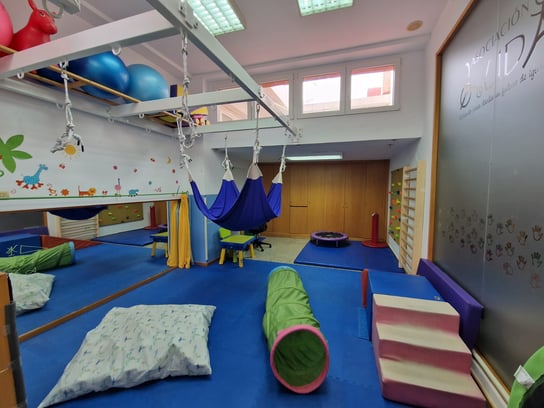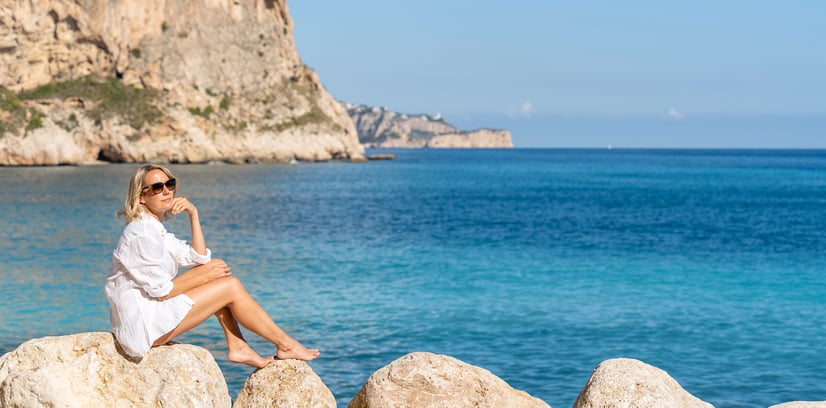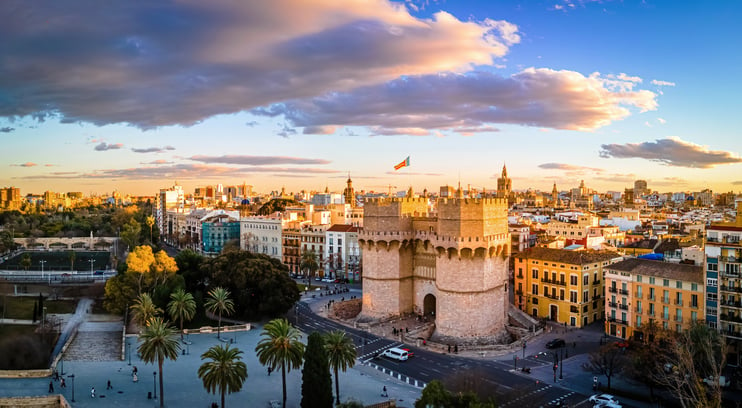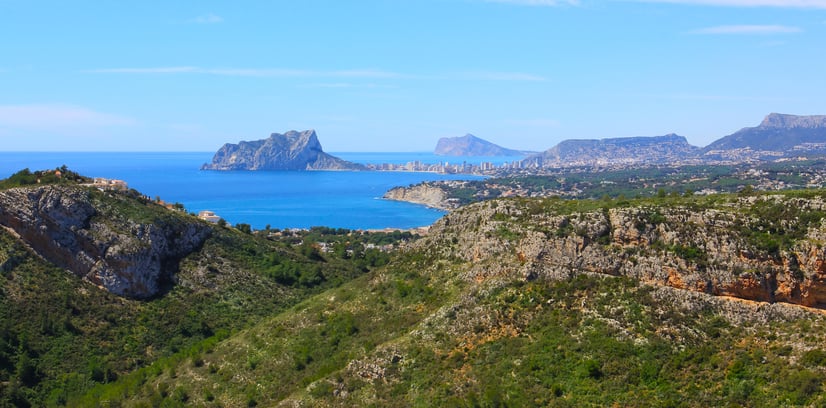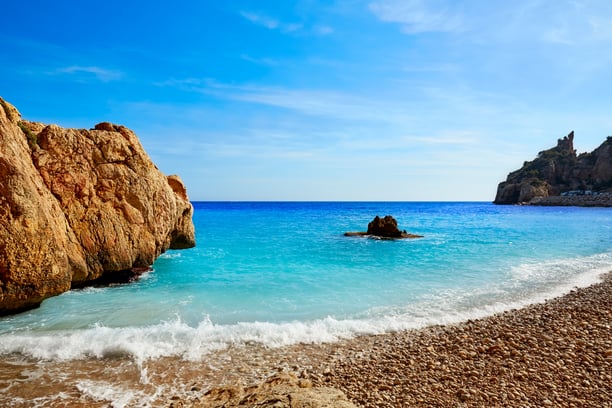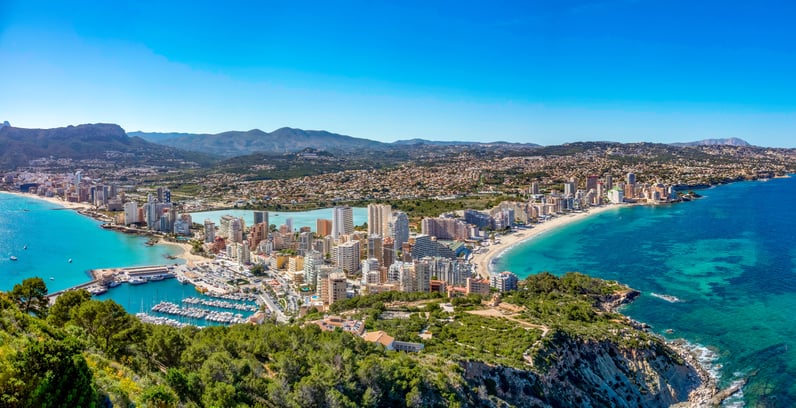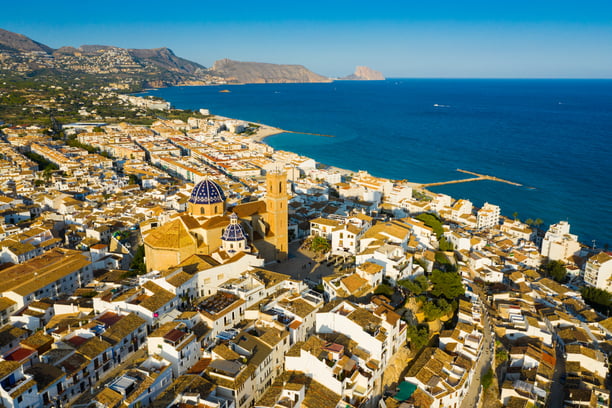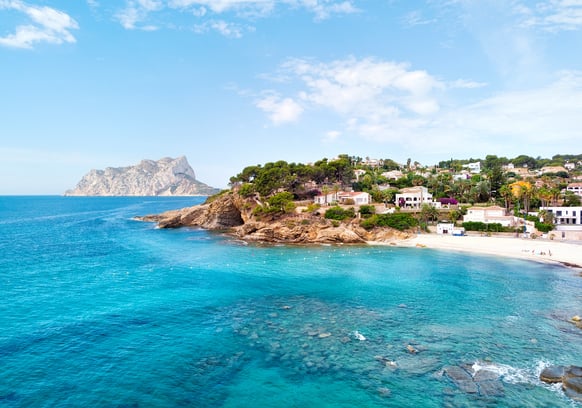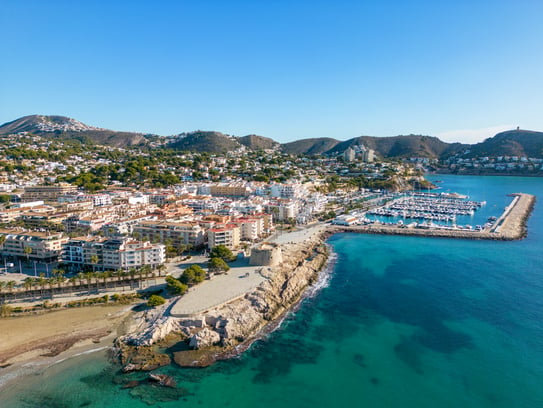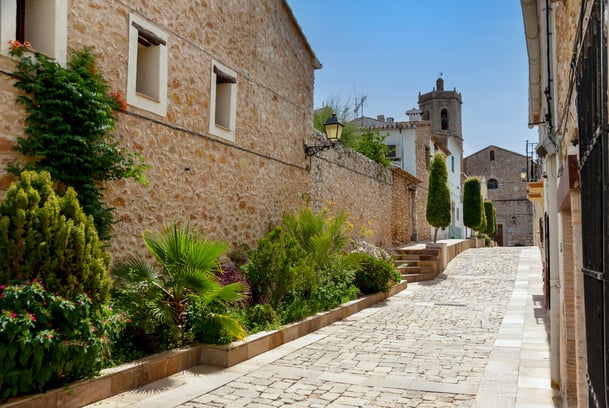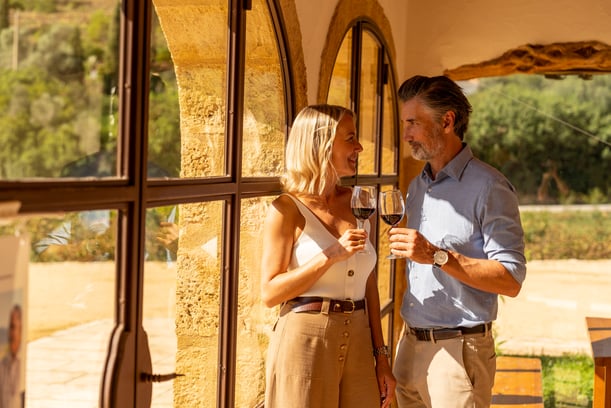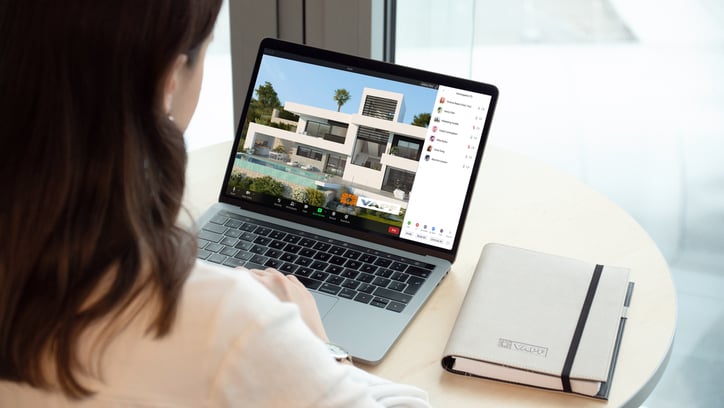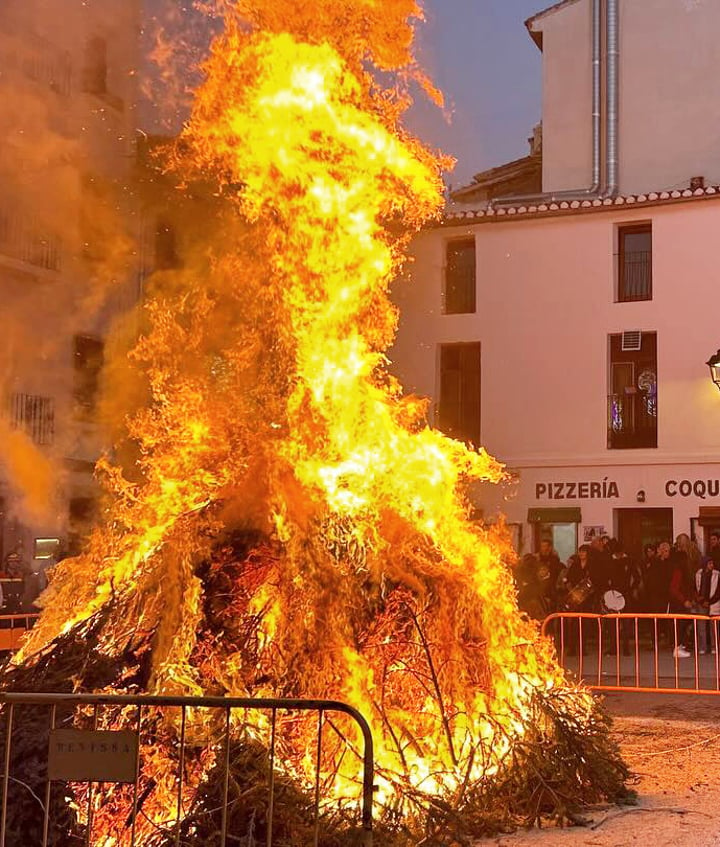Destination
Discover Benissa Spain
Where history blends with the Mediterranean
Benissa is an enchanting town that combines history, nature and exclusivity on the Costa Blanca. With a charming old town, hidden beaches and spectacular natural scenery, Benissa attracts both tourists and residents looking for an exceptional quality of life.
Where is Benissa?
Benissa is located on the Costa Blanca, in the north of Alicante, in the Comunidad Valenciana, Spain.

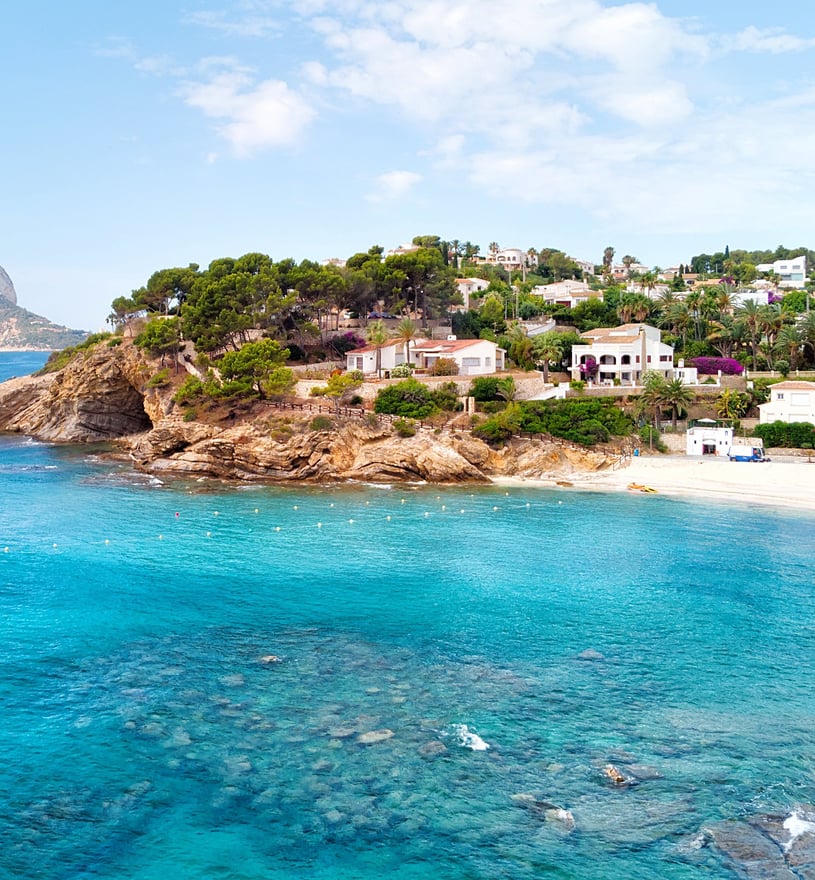
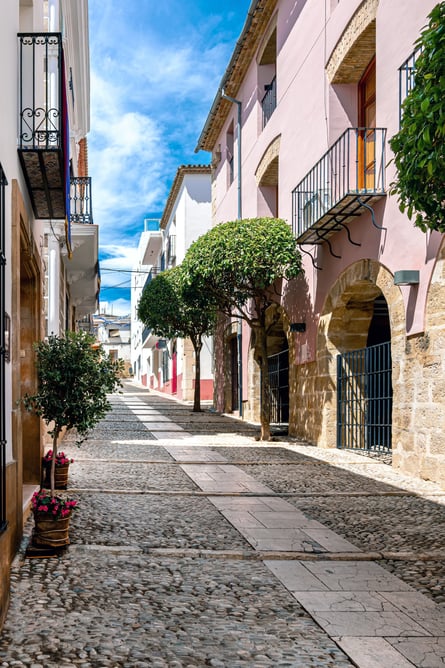

Why live in Benissa?
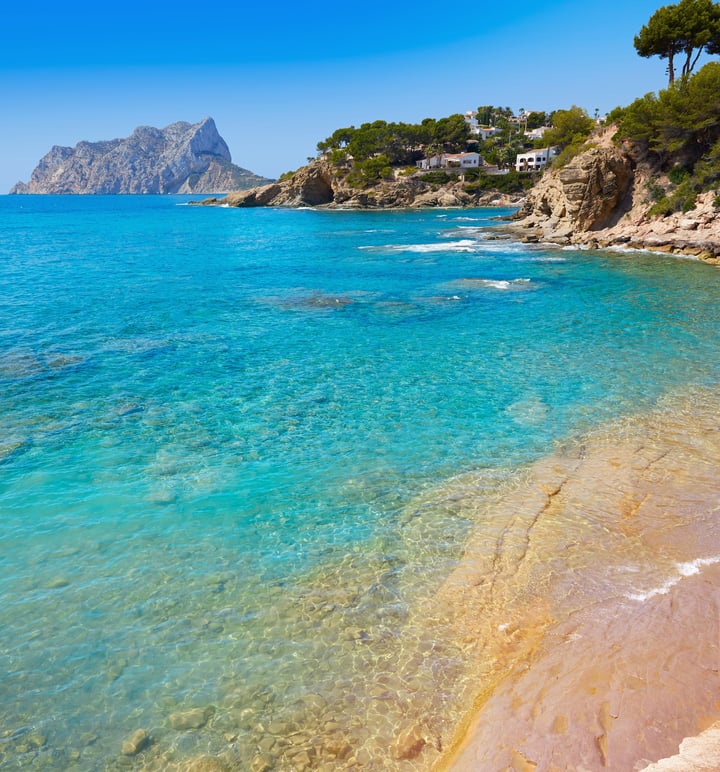
Living in Benissa means enjoying beaches and crystal-clear coves, as well as hiking routes that offer breathtaking views.
This town offers a perfect combination of tranquillity and quality services.
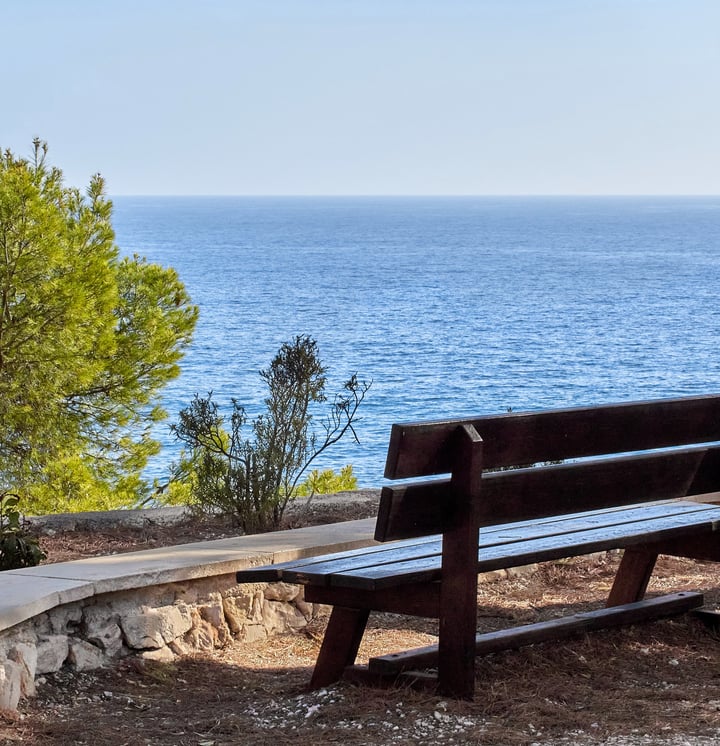
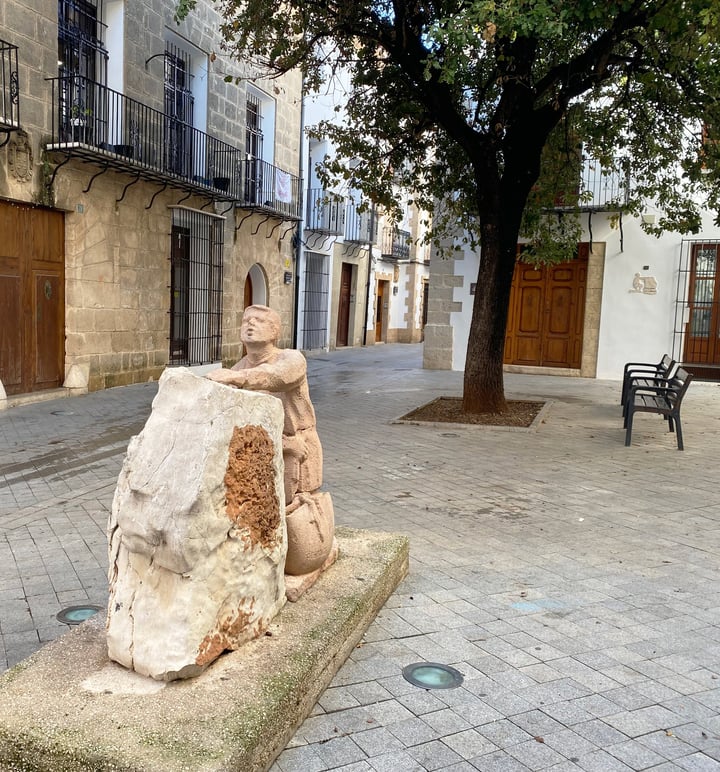
With a mild Mediterranean climate all year round, a diverse cultural offering, and impressive gastronomy, Benissa is ideal for those seeking for a relaxed lifestyle to settle into their new home.
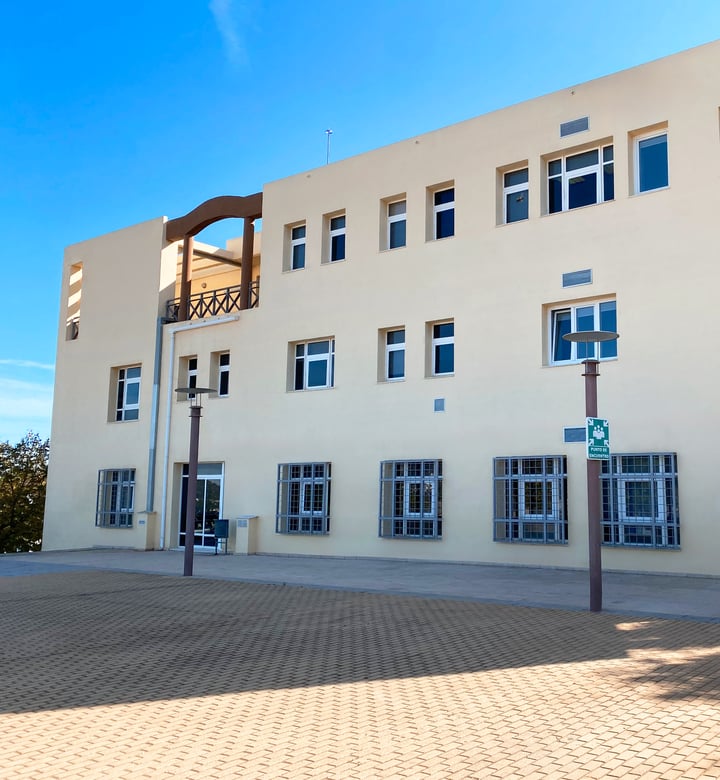
How to get to Benissa
Now:

Flights
Benissa is 70 minutes from Alicante-El Altet airport and 90 minutes from Valencia-Manises airport, both with multiple national and international flights.

Train
Benissa train station is part of line 9 of the Alicante Metropolitan TRAM, which connects the towns of the Costa Blanca from Alicante to Denia. Although it is a small station, it is a strategic point for those who wish to travel along the coast comfortably and efficiently.

Boat
The Port of Denia, a 30 minute drive from Benissa, has ferry connections to the Balearic Islands, such as Ibiza and Mallorca.

Bus
Benissa is well connected by bus with other towns on the Costa Blanca and with the airports of Alicante and Valencia. The bus station is located on Avenida País Valencià.

Road
Access Benissa via the AP-7, with convenient connections from nearby towns and other parts of the Costa Blanca.
Festivities and Events in Benissa
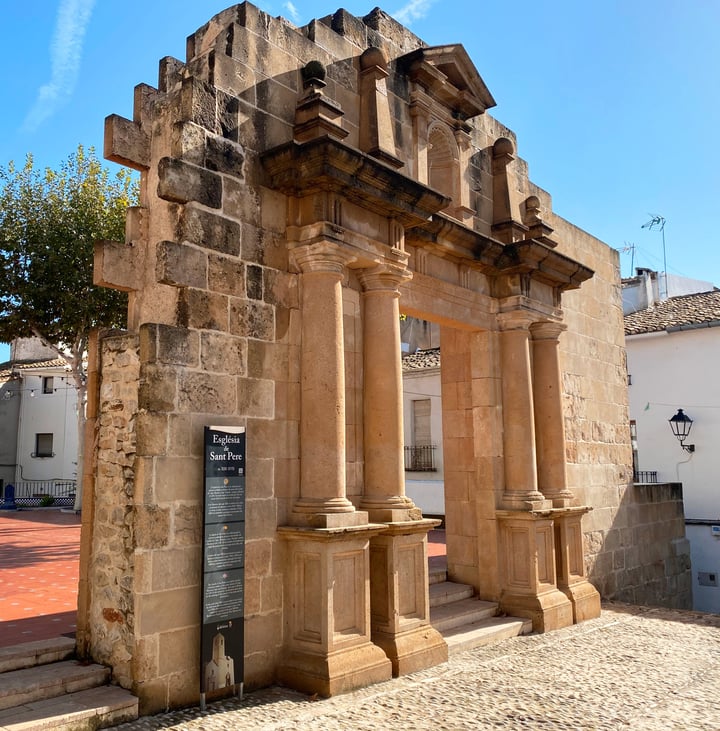
Places of interest in Benissa
Old Town
Strolling through the old town of Benissa is like travelling back in time. Its narrow cobbled streets, stately houses with carved wooden doors and wrought iron balconies evoke the splendour of the town's medieval past. Emblematic buildings such as the Casa de Juan Vives, the Lonja de Contratación and the Puríssima Xiqueta Church, known as the "Cathedral of the Marina Alta", are a must-see stops for history and architecture lovers.
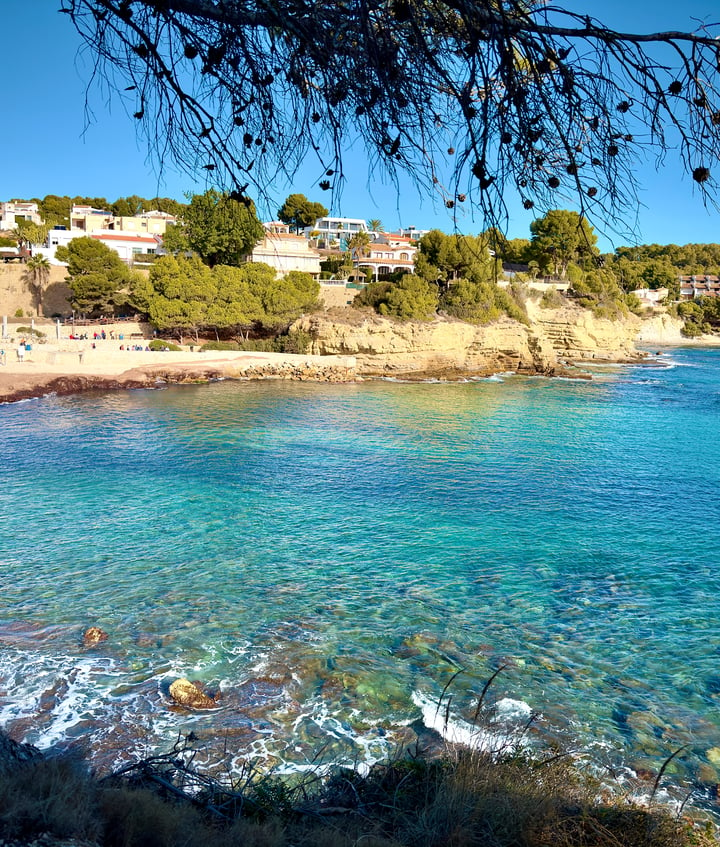
Beaches and coves in Benissa
Cala de la Fustera
It is the most well-known beach in Benissa. With fine golden sand and surrounded by Mediterranean vegetation, it is ideal for families. It offers all the necessary services, such as showers, beach bars, sunbeds, and access for people with reduced mobility.


